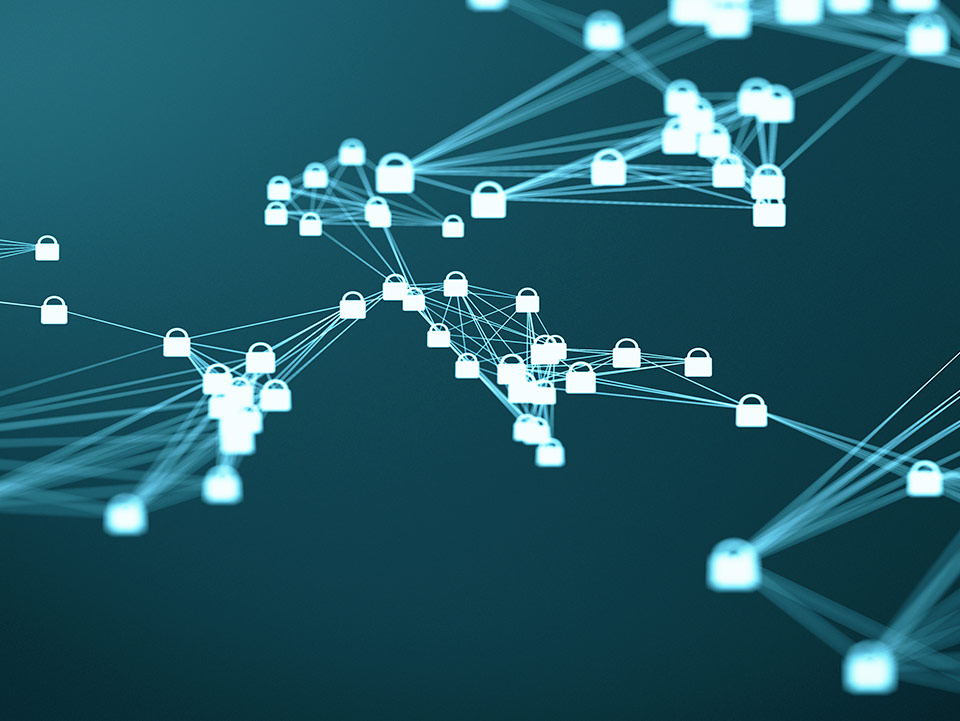Network security refers to the tactics and technology used to safeguard computer networks from unauthorized access, misuse, and harmful activity. It entails placing multiple hardware and software solutions that work together to protect the network and its data.
Table of Contents
Why is Network Security Important?
Due to several crucial factors, network security is extremely important. First, it aids in safeguarding sensitive data like client information, financial records, and intellectual property. A breach in network security can have serious repercussions, including monetary losses, reputational harm, and legal liability.
Common Threats
To properly defend against the numerous risks that networks encounter, it is crucial to be aware of them. Typical threats include:
Malware: Malicious software such as viruses and ransomware can infiltrate networks, compromise data, and disrupt operations.
The essential you need to know about Ransomware.
Phishing attacks: Cybercriminals use deceptive techniques to trick individuals into revealing sensitive information, such as passwords or credit card details.
Tricks on how to avoid Phishing scams.
Denial-of-Service (DoS) attacks: These attacks overwhelm a network or website with excessive traffic, rendering it inaccessible to legitimate users.
Learn more about Denial-of-Service attacks.
Insider threats: Employees or authorized individuals with malicious intent can exploit network vulnerabilities from within the organization.
Learn on how to protect your organization within Insider threats.
Social engineering: Manipulating individuals to gain unauthorized access to the network, often through psychological manipulation or impersonation.

Types of Measures
To strengthen network security, various measures can be implemented. These include:
Firewalls: Firewalls act as a barrier between internal networks and external networks, monitoring and controlling incoming and outgoing network traffic based on predetermined security rules.
Intrusion Detection Systems (IDS): IDSs monitor network traffic for suspicious activities or patterns that may indicate an ongoing attack or intrusion attempt.
Virtual Private Networks (VPNs): VPNs create secure, encrypted connections over public networks, enabling remote users to access the network securely.
Read the Ultimate Guide to VPNs.
Antivirus Software: Antivirus software protects against malware by detecting, preventing, and removing malicious programs from the network.
List of the best Antivirus Software.
Network Security Implementations
Best Practices
Implementing best practices is crucial to enhancing network security. Some essential practices include:
Strong passwords: Enforce using strong, unique passwords and consider implementing multi-factor authentication for an added layer of security.
Learn to create strong passwords and keep them secure.
Regular software updates: Keep all network devices and software up to date with the latest security patches and updates to address vulnerabilities.
Employee training and awareness: Educate employees about the importance of network security, common threats, and safe computing practices to minimize the risk of human error.
What are the top five most common cybersecurity mistakes?
Network segmentation: Divide the network into smaller segments, creating barriers that prevent unauthorized access to sensitive areas.
Policies and Procedures
Establishing clear network security policies and procedures is vital to ensure consistency and adherence to security protocols across the organization. This includes defining access controls, password policies, incident response plans, and regular security audits.
Learn how to implement a strong cybersecurity policy for your business.
For Remote Work
With the rise of remote work, organizations face new challenges in securing their networks. Implementing secure remote access solutions, ensuring encrypted connections, and providing remote employees with training on secure practices are crucial for maintaining network security in this environment.
In the Cloud
As more businesses adopt cloud-based services, cloud network security becomes increasingly important. To deploy comprehensive security measures, organizations must understand the shared responsibility model and collaborate closely with cloud service providers.
For Small Businesses
Small businesses often have limited resources and may not prioritize network security. They are, nevertheless, equally vulnerable to cyberthreats. Basic security measures such as firewall protection, regular backups, and employee training can help organizations protect their networks.
Learn the cybersecurity essentials for small businesses.
For large corporations
Large corporations deal with vast amounts of data and face sophisticated cyber threats. To detect and mitigate potential risks, they require complete network security solutions that include advanced threat detection systems, security information and event management (SIEM) tools, and continuous monitoring.
Trends and Emerging Technologies
The field of network security is constantly evolving to keep pace with new threats and technologies. The use of artificial intelligence and machine learning for threat detection, the acceptance of zero-trust security frameworks, and the growing need to safeguard Internet of Things (IoT) devices are some of the developing trends.

Case Studies of Successful Implementations
Studying real-world instances of successful network security implementations can provide useful insights and recommendations. Case studies highlighting organizations that have effectively protected their networks against cyber threats and mitigated potential risks can serve as valuable learning experiences.
The Role of Network Security in Compliance and Regulations
Compliance standards and laws, such as the Global Data Protection Regulation (GDPR) and the Health Insurance Portability and Accountability Act (HIPAA), are inextricably linked to network security.
To avoid legal and financial fines, organizations must verify that they satisfy essential security standards.
Challenges and the Future of it
While network security developments have offered great protection, issues remain. The growing complexity of attacks, a scarcity of skilled security experts, and the rapid growth of technology are all continuous challenges. Using proactive and adaptive security measures, harnessing artificial intelligence, and encouraging collaboration among enterprises and security specialists are key to the future of network security.
Conclusion
Finally, network security is no longer a luxury in today’s digital landscape. Defending your network from threats is critical for protecting sensitive data, ensuring business continuity, and retaining customer trust. Organizations may effectively defend against cyberattacks and protect the integrity of their networks by establishing robust security measures, staying up to current on emerging threats, and cultivating a security-conscious culture.
Do not let your business be vulnerable to cyber threats. Act now to protect your valuable assets and keep your business resilient on cyber threats.
Contact us today to schedule a cybersecurity consultation. Together, we can build a stronger and safer digital environment for your business.

